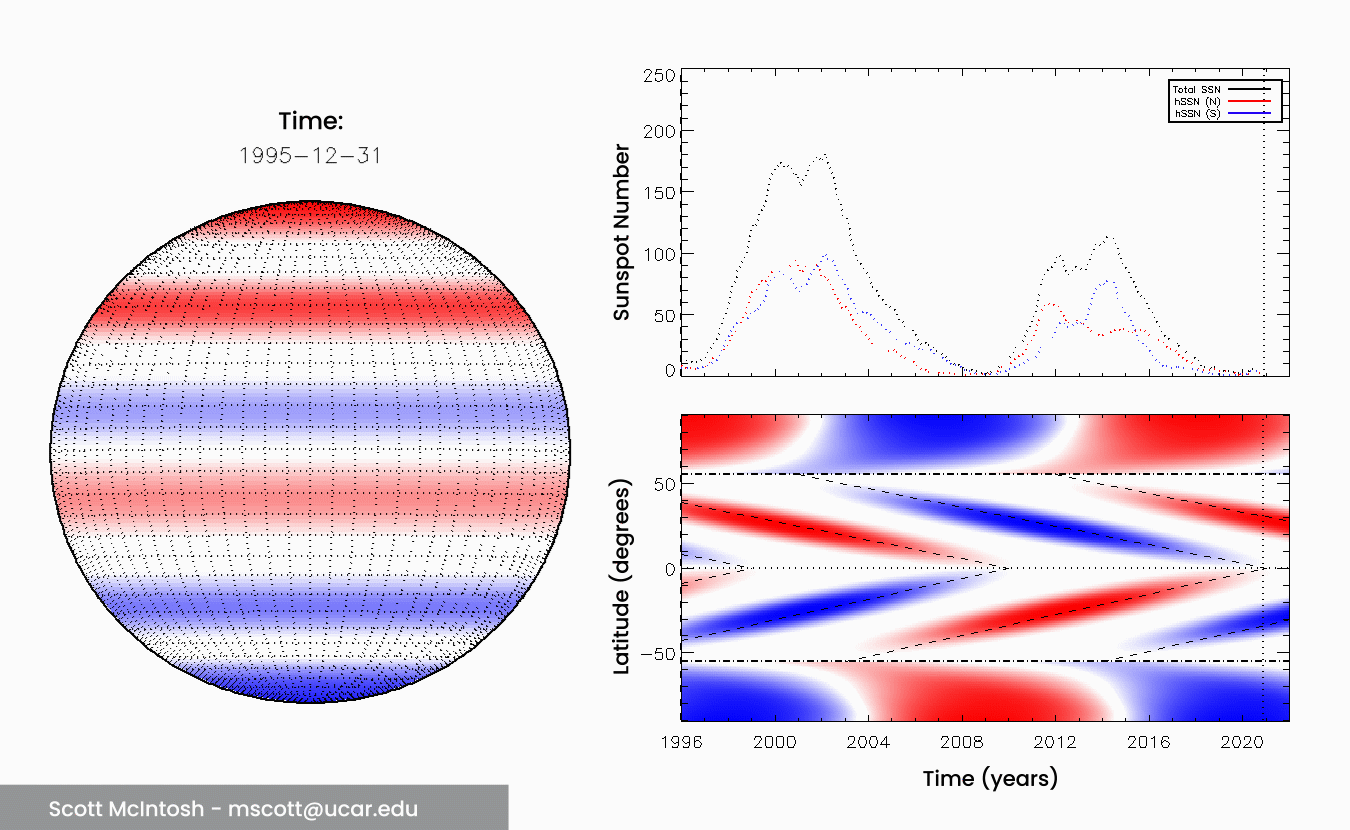On February 3, 2022, SpaceX launched 49 Starlink satellites. Within days, the vast majority of them were lost, raining back down across the Caribbean. At the time, Elon Musk’s company blamed a modest geomagnetic storm that took place at roughly the same time. But the real culprit might have been a much more complex and fundamental event inside the Sun.
The cause of this failure was that the atmosphere was more puffed up than expected. While its density is pretty low, the atmosphere of the Earth is so large that it has been argued that no astronaut has ever left it. When a geomagnetic storm happens, following some solar event, a lot of energy is thrown into the atmosphere, which heats up and expands. This process increases the density of the upper layers – not enough for a human to survive there, but enough for the drag to affect a satellite’s speed.
With less speed, satellites drop in altitude. At a lower altitude, they experience more drag, which gets them lower until they do not have enough speed and come burning back through the atmosphere. Some studies have argued that it was a series of magnetic effects from the first and subsequent minor storms that caused the falling, even though some storms happened after most of the satellites had already burned up.
A different team, as reported by spaceweather.com, suggests that the effect on the atmosphere was not caused by the storms, but a more complex magnetic event in the Sun.
The Sun has an 11-year cycle of activity that goes from minimum to minimum via a peak of activity known as the solar maximum. We have just passed that for solar cycle 25.
The Sun also has a 22-year-long cycle of magnetic activity known as the Hale cycle. It’s the length of two solar cycles, and that is because the Sun reverses its magnetic field every 11 years. Two crucial features come into play in the Hale cycle. One is the formation of magnetic donuts around 55 degrees of latitude on both hemispheres of the Sun. These donuts move towards the equator over time, and they eventually cancel each other out in an event called the “terminator” – not to be confused with the time-traveling robot or the line between day and night.

LEFT: Oppositely charged magnetic bands, represented in red and blue, march toward the equator over a 22-year period. When they meet at the equator, they annihilate one another. RIGHT: The top animation shows the total sunspot number (black) and the contributions from the north (red) and south (blue) hemispheres. The bottom shows the location of the spots.
Image Credit: Scott McIntosh/NCAR
“In a nutshell, the ‘terminator’ event is the final death throes of those canceling magnetic donuts,” Dr Scott McIntosh, deputy director of the National Center for Atmospheric Research, told IFLScience in 2023.
McIntosh and team were studying the terminator to better predict Solar Cycle 25. Their prediction was different from the official prediction, which expected a weak solar maximum peaking in 2024. They expected an active one, peaking early with over 210 sunspots at maximum. It peaked in October 2024 with 216 sunspots.
The terminator event took place in December 2021, and the argument is that the solar flux would not have been in line with the prediction. In a different paper, also discussing how to deal with drag on satellites, Scott Shambaugh from Capella Space discusses how the terminator model gave a better prediction for the solar flux.
The geomagnetic storms can still create short increases in densities, but they do not explain it all. The Sun is the best-studied star, and yet there is still so much that we do not know about how it works – but we are trying our best to do so.
Source Link: What Killed Off SpaceX's Starlink Satellites? It Might Have Been The "Terminator"